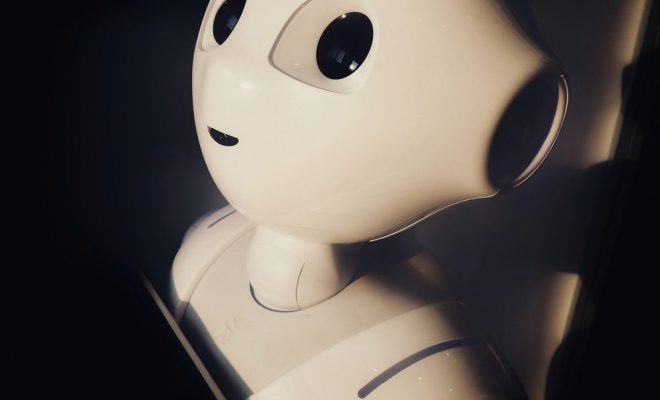Machine Learning to Predict Childhood PTSD

More than 20% of children in the United States will experience a traumatic event before they are 16 years old, but only some will go on to develop post-traumatic stress disorder (PTSD). How can we know which child is at risk for PTSD so that it can be prevented?
More than two- thirds of children experience at least one traumatic event by age 16. Some 10 – 40% of these children will go on to develop post-traumatic stress disorder (PTSD). PTSD is a serious debilitating psychiatric condition that can have a significant impact on a child’s functioning and, perhaps, even the development of their brain. Research tells us that traumatic childhood events can result in mental health and behavioral issues for people later in life.
Some research indicates that if a child that is at risk of developing PTSD is identified early enough, the condition may be prevented. But how can such a child be identified? In recent years, scientists have been employing machine learning to many complicated issues, including to help with the diagnoses of mental illness.
Dr. Glenn Saxe, professor of Child and Adolescent Psychiatry at New York University School of Medicine and his team used machine learning to try to predict which children would develop PTSD after a traumatic event.
Why machine learning?
Dr Saxe explains machine learning is a computational approach designed to find patterns in data that will form reliable and accurate predictive models of specified events (e.g. the occurrence of PTSD in a traumatized child). Specified algorithms search through the space of possibilities contained in the data, to arrive at a predictive model. Afterward the reliability and accuracy of this predictive model are tested on raw data the ‘machine’ has not yet encountered.
Proof-of-concept study
In a proof-of-concept study published in BMC Psychiatry, Saxe and his team were able to use machine learning to predict PTSD with significant accuracy.
The researchers took 105 potential biopsychosocial risk factor variables into account. This was data that could be collected during a child’s hospital visit and included demographics, child symptoms, parent symptoms, stress, the magnitude of the injury, and several genetic and neurological variables. Their machine learning algorithms used that information to find patterns in the data, eventually ranking each child’s risk factors in a very complicated calculation.
The data was of 163 children hospitalized with an injury. PTSD was determined three months after hospital discharge. The 105 risk factor variables were collected during hospitalization.
In this instance, the machine learning helped to predict which children were most likely to develop PTSD as a result of their injuries. This outcome has great potential for early treatment and possibly even prevention of PTSD.
Which variables predicted PTSD?
The researchers found a set of causal variables, measured around the time of trauma that predicted PTSD, three months later. This included the identification of certain candidate genes, the child’s level of acute pain and the parent’s level of acute distress.
Factors that protect against PSTD
The researchers found that certain factors seem to protect against PTSD. These included being breastfed as an infant and regular attendance of religious services. The researchers say these factors indicate the importance of human attachment, community and spirituality in the recovery from childhood trauma.
Machine learning can be employed to identify whether a child is likely to develop PTSD as a result of a trauma. Scientists have also been able to identify the variables that protect children against developing PTSD.





